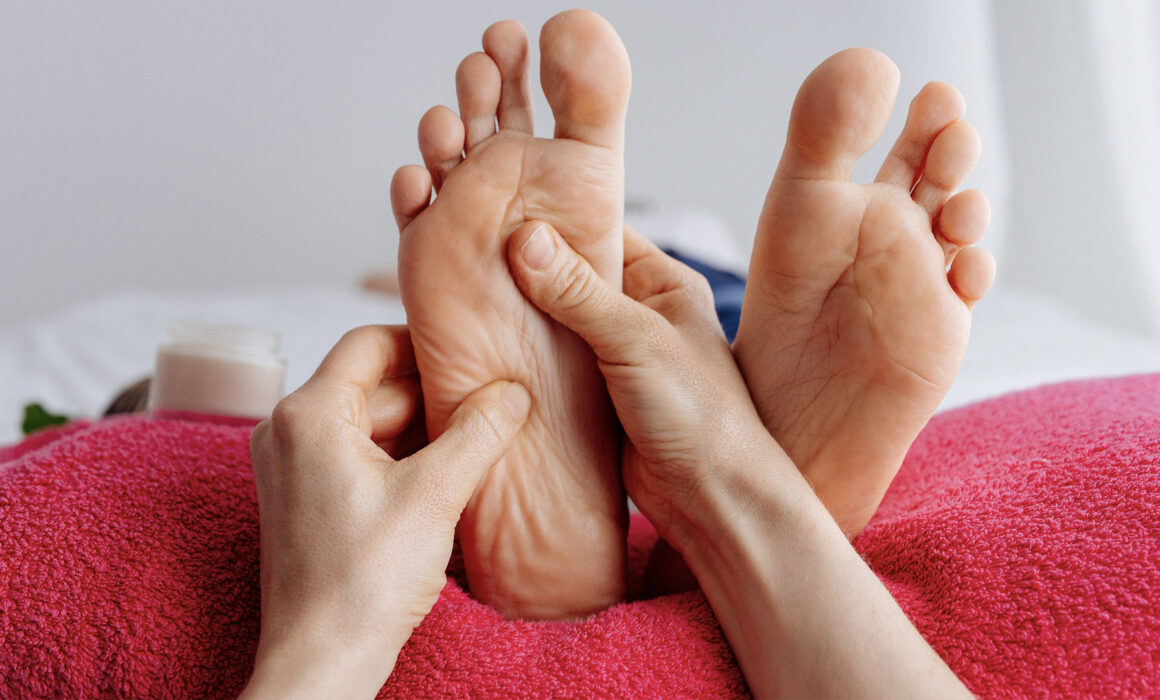Foundations Massage
This 1-hour relaxation massage features light to medium pressure, warm towels and reflexology. This back-to-the-basics offering EXCLUDES add-ons: lymphatic drainage, hot stones, cupping, scraping, deep tissue, essential oils and percussion gun. Booking with Massage Therapist, Anna Lopez, in Rhinelander: ORGANIQUE Extension Office, Advanced Health Building, 401 S Pelham St Rhinelander, WI 54501.
WHAT IS REFLEXOLOGY?
Reflexology is a holistic healing practice that involves applying pressure to specific points on the feet, hands, or ears, known as reflex points. The underlying principle of reflexology is that these points correspond to different organs and systems in the body. By stimulating these reflex points, practitioners aim to promote relaxation, improve circulation, and facilitate the body’s natural healing processes.
Here’s a brief overview of reflexology:
- Reflex Points: Feet, hands, and ears contain reflex points that are interconnected with various organs and glands. Each reflex point corresponds to a specific part of the body.
- Pressure Application: During a reflexology session, the practitioner applies pressure to these reflex points using their hands, fingers, or specialized tools. The pressure is typically firm but not painful, and the goal is to stimulate the corresponding areas of the body.
- Promoting Balance: Stimulating these reflex points helps to balance the flow of energy (qi or chi) in the body. By doing so, reflexology aims to alleviate stress, tension, and imbalances that may contribute to various health issues.
- Relaxation and Stress Reduction: Reflexology is known for its ability to induce relaxation and reduce stress. The calming effect may be attributed to the release of endorphins, the body’s natural feel-good chemicals, and the promotion of a parasympathetic nervous system response.
- Complementary Therapy: Reflexology is often used as a complementary therapy to support overall well-being. While it doesn’t diagnose or treat specific medical conditions, many people find it beneficial for managing stress, improving sleep, and enhancing their sense of relaxation.
